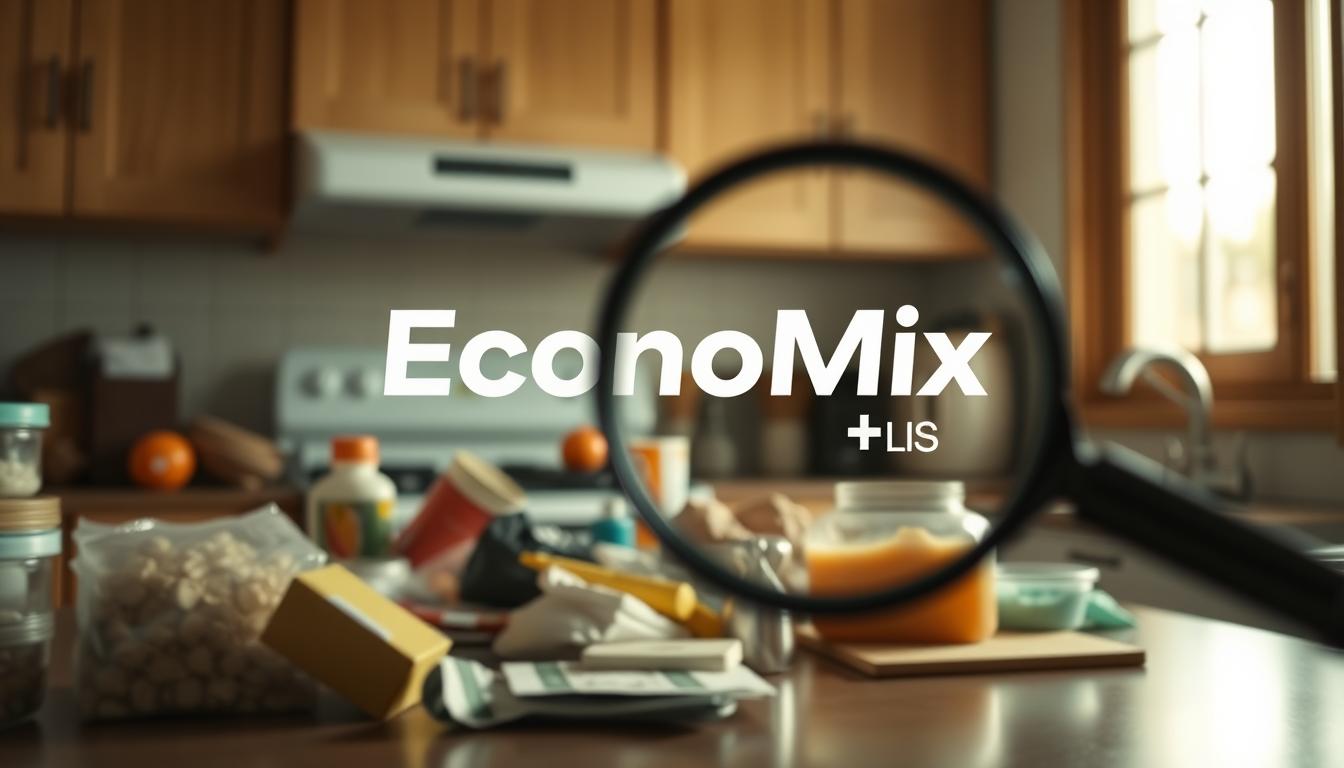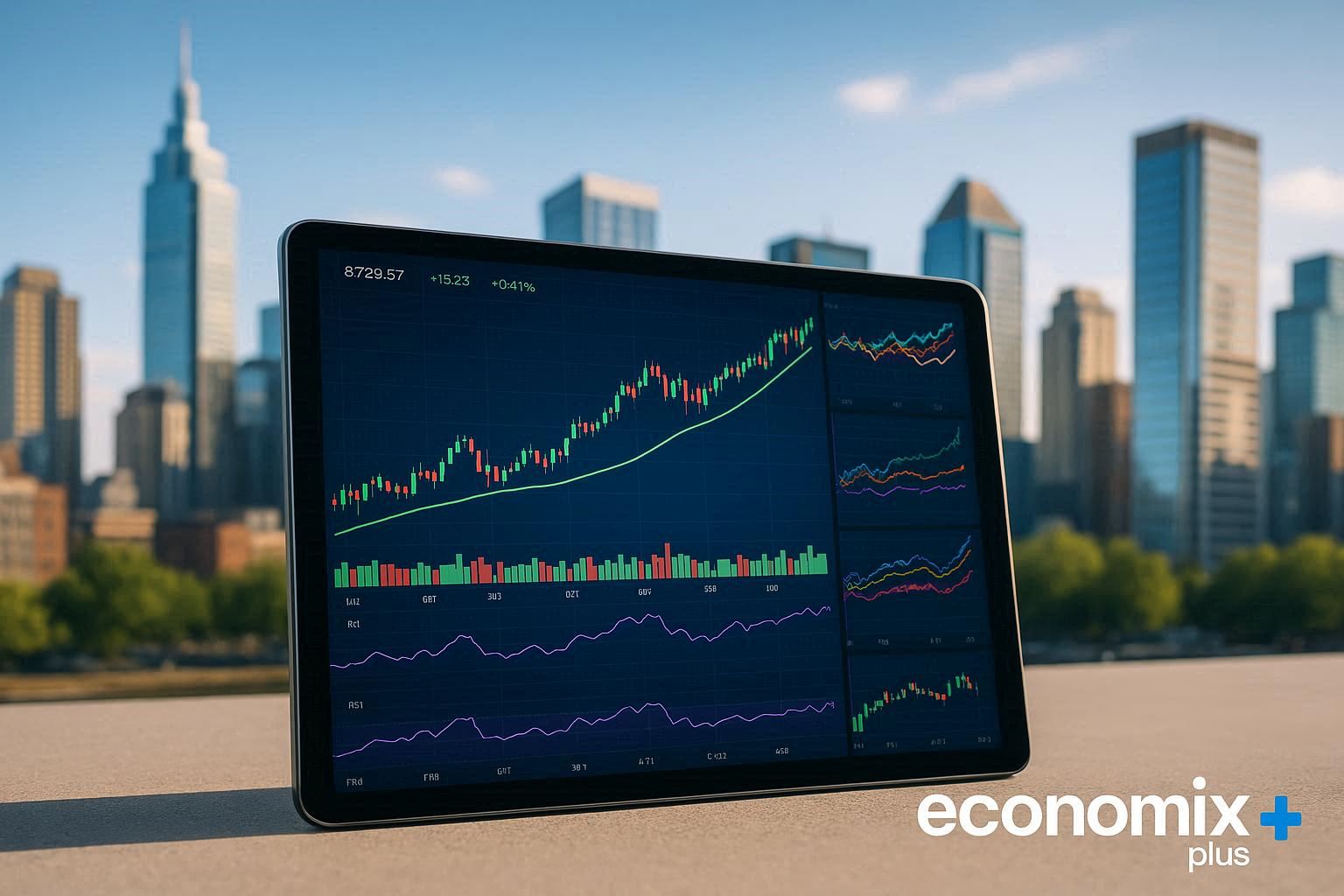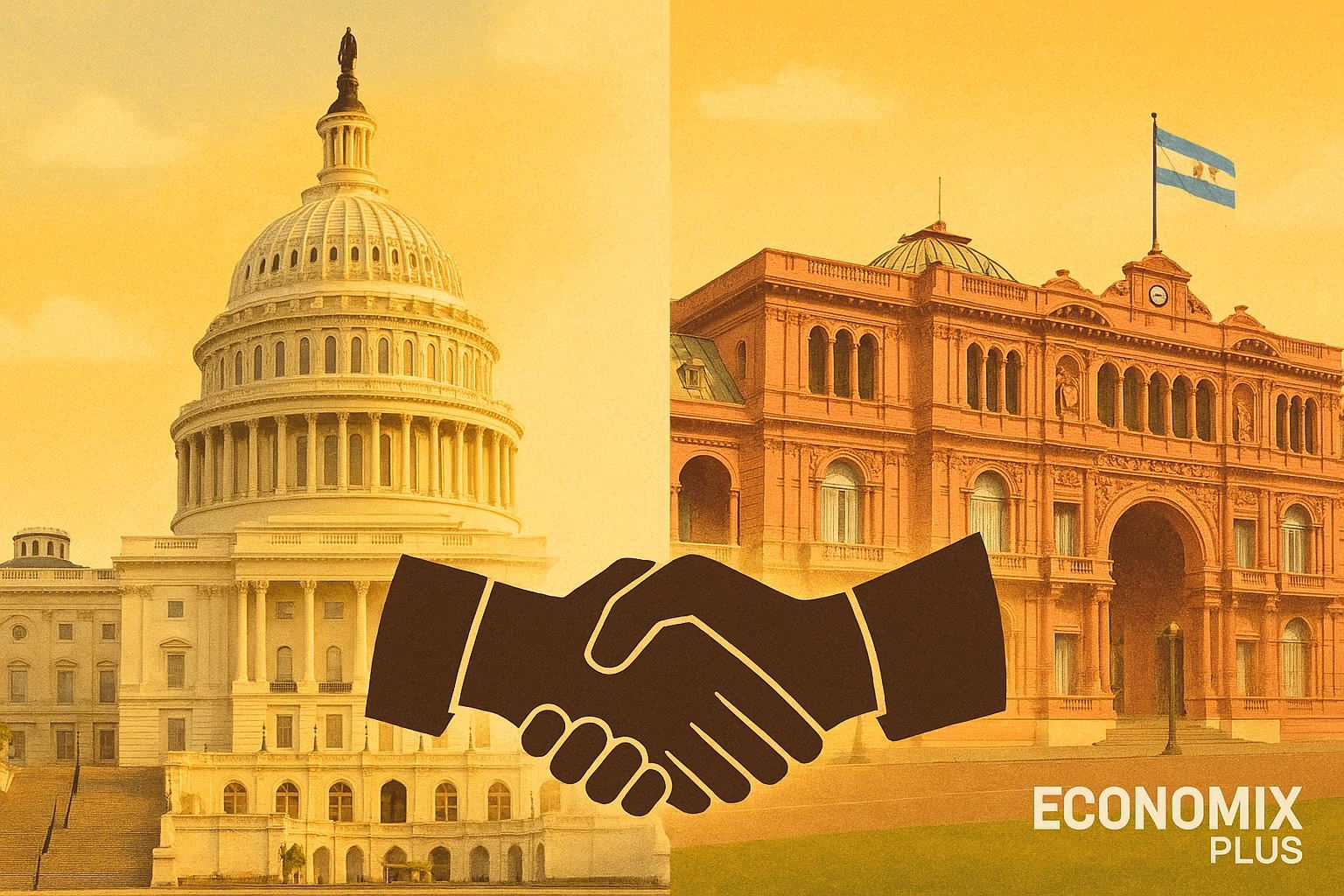As inflation continues to rise, many consumers are feeling the pinch. The current economic landscape is marked by unprecedented highs in inflation rates, fueled by global supply chain issues and geopolitical conflicts. In the U.S., inflation peaked at 9.1% in 2022, a 40-year high, squeezing household budgets and affecting consumer confidence.
But is this economic climate necessarily a bad news for you? While most people view inflation as a negative force, savvy consumers can actually leverage it to create financial opportunity. By understanding the economy and market insights, you can position yourself for potential growth.
Key Takeaways
- Understand how inflation affects your purchasing power and financial goals.
- Discover strategies to turn inflation into a financial opportunity.
- Learn how to adjust your financial planning in response to market insights.
- Explore ways to achieve growth in your investments despite inflation.
- Gain insights into making informed decisions in an inflationary economy.
Understanding the Current Inflation Landscape
As you navigate the complexities of the current economic climate, understanding the inflation landscape is crucial for making informed financial decisions. The inflation rate in the United States has been a significant concern, with far-reaching implications for consumers and the broader economy.

Global Inflation Trends and Their Causes
Global inflation trends have been driven by a combination of factors, including supply chain disruptions, increased demand, and geopolitical tensions. These factors have led to a surge in prices across various categories, affecting consumers worldwide.
The data indicates that inflation rates have risen sharply, with the United States experiencing rates not seen since the early 1980s. This trend is not unique to the U.S., as many countries are grappling with the challenges of rising prices and economic uncertainty.
The Unique Inflation Situation in the United States
The United States has faced a distinct set of inflationary pressures, with particularly sharp increases in housing, transportation, and food costs. The Federal Reserve has responded with aggressive interest rate hikes to cool demand, creating a complex economic environment where consumers must navigate both high prices and increasing borrowing costs.
| Category | Pre-Inflation Prices | Current Prices | % Change |
|---|---|---|---|
| Housing | $1,500/month | $1,800/month | 20% |
| Food | $100/week | $120/week | 20% |
| Transportation | $500/month | $600/month | 20% |
Understanding these U.S.-specific factors is crucial for American consumers looking to position themselves advantageously in this challenging economic climate. By recognizing the causes and effects of inflation, you can make more informed decisions about your financial resources.
The Real Impact of Inflation on Your Household Budget
With inflation on the rise, it’s vital to comprehend how it erodes your purchasing power and affects different spending categories. As prices increase, the same amount of money can buy fewer goods and services, directly impacting your household budget.
How Inflation Erodes Purchasing Power
Inflation reduces the purchasing power of your money, meaning that the same dollar doesn’t go as far as it used to. For low-income households, this effect is particularly pronounced because they spend a larger portion of their budget on necessities like food, energy, and housing. According to data from Fed officials, lower-income households allocate about 77% of their budgets to these necessities, compared to 31% for higher-income households.
This disparity makes lower-income families more vulnerable to surging food and energy prices. For instance, with food inflation at 8.8% and energy inflation at 32% in March, the pinch is felt more significantly by those who can least afford it.
The Uneven Effects Across Different Spending Categories
Inflation doesn’t affect all spending categories equally. Essentials like food, energy, and housing typically experience more dramatic price increases than discretionary purchases. Here are some key areas impacted by inflation:
- Food prices have surged, forcing difficult choices about eating habits and nutrition.
- Transportation costs, including vehicle purchases and fuel, have seen volatile price trends.
- Services inflation tends to lag behind goods inflation but creates long-term pressure on expenses like healthcare and education.
Understanding which categories in your personal budget are most affected allows you to prioritize your inflation-fighting strategies. The table below illustrates the impact of inflation on various spending categories:
| Spending Category | Impact of Inflation |
|---|---|
| Food | High inflation rates, significant impact on low-income households |
| Energy | Volatile prices, substantial effect on household expenses |
| Transportation | Unpredictable costs, influenced by fuel prices and vehicle costs |
| Services (Healthcare, Education) | Persistent inflation, long-term pressure on household budgets |

By analyzing these categories and understanding the data on inflation, you can make informed decisions to mitigate its impact on your household budget.
Why Traditional Financial Advice Falls Short During High Inflation
The current inflation landscape demands a fresh look at personal finance strategies. As inflation continues to rise, it becomes clear that traditional financial advice is not equipped to handle the unique challenges it presents.
The Limitations of Conventional Wisdom
Conventional financial wisdom often relies on strategies that were effective in low-inflation environments. However, the combination of high inflation and rising interest rates creates a complex situation that most consumers and financial advisors haven’t navigated before. Standard inflation hedges like gold and real estate have shown inconsistent performance, highlighting the need for more nuanced approaches.
Why New Approaches Are Needed in Today’s Economy
The digital economy offers new opportunities and tools for consumers to protect their financial well-being. To thrive in this environment, you need to develop a more active and adaptive financial strategy. This involves identifying new opportunities for growth in the market and leveraging them to your advantage.
By adopting a proactive approach, you can not only preserve your wealth but potentially grow it during this inflationary period. It’s about being informed, flexible, and ready to seize opportunities as they arise.
How Can Smart Consumers Turn Inflation Into a Financial Opportunity
By understanding the dynamics of inflation, consumers can shift from a defensive to an offensive financial strategy, leveraging market inefficiencies for growth. This proactive approach enables you to not only mitigate the effects of rising prices but also capitalize on the opportunities they create.
Shifting Your Mindset From Defense to Offense
The first step in turning inflation into a financial opportunity is to change your mindset. Instead of merely reacting to price increases, savvy consumers can adopt a forward-thinking approach. This involves identifying areas of the market that are likely to grow despite, or because of, inflationary pressures.
For instance, as prices rise, certain sectors may experience increased demand, signaling potential areas for career advancement or investment. The key is to stay informed and be ready to adapt your financial strategy as the economic landscape evolves.
Identifying Hidden Opportunities in an Inflationary Environment
Inflation creates market inefficiencies that can be exploited for financial gain. Some of the hidden opportunities include:
- Potential growth sectors indicated by rising prices
- A tightening labor market that can lead to better wage negotiation opportunities
- Asset price adjustments that create buying opportunities
To capitalize on these opportunities, consumers need to develop their analytical skills. This involves conducting research to understand the underlying causes of inflation and its effects on different markets.
| Opportunity | Description | Potential Benefit |
|---|---|---|
| Growth Sectors | Areas with rising demand indicated by price increases | Career advancement, investment opportunities |
| Labor Market | Tightening labor market due to inflation | Better wage negotiation, job changes |
| Asset Prices | Adjustments in asset prices during inflation | Buying opportunities in undervalued assets |
By adopting a proactive approach and staying informed, consumers can turn the challenges of inflation into financial opportunities, ultimately enhancing their economic resilience and growth potential.
Strategic Shopping: Maximizing Value While Minimizing Costs
By employing strategic shopping techniques, you can protect your financial stability during economic uncertainty. This approach involves making informed purchasing decisions that maximize value while minimizing costs.
Leveraging Store Brands and Private Labels
One effective strategy is to opt for store brands and private labels, which often offer similar quality to name brands at a lower price. Many consumers have found that private-label products meet their needs just as well as their branded counterparts, allowing them to save money without sacrificing quality.
Bulk Buying Strategies That Actually Save Money
Bulk buying can be a cost-effective strategy if done correctly. To truly save money, you should only purchase items in bulk that you regularly use and that won’t expire or go to waste. By doing so, you can take advantage of lower prices per unit and reduce your overall expenditure on household essentials.
Using Technology to Track Prices and Find Deals
Technology plays a crucial role in strategic shopping. Utilizing price-tracking apps and browser extensions can help you monitor price histories and identify genuine deals. Additionally, cashback platforms and digital coupon services can further reduce your expenses on necessary purchases, effectively lowering your personal inflation rate.
| Shopping Strategy | Benefits | Potential Savings |
|---|---|---|
| Store Brands and Private Labels | Lower prices, similar quality | Up to 30% off |
| Bulk Buying | Lower price per unit, reduced waste | Up to 25% off |
| Price-Tracking Apps | Identify genuine deals, monitor price histories | Up to 20% off |
Investing in Yourself: Skills That Pay Dividends During Inflation
Inflation may erode purchasing power, but it can also fuel income growth. By investing in yourself, you can develop the skills and expertise needed to not only keep pace with inflation but also capitalize on new opportunities.
High-Demand Skills That Can Increase Your Earning Power
Acquiring high-demand skills is a strategic way to boost your earning potential during inflationary periods. Focus on developing skills that are in short supply, such as data analysis, digital marketing, or software development. These skills can significantly enhance your career prospects and provide a buffer against the effects of inflation. For instance, you can take online courses or attend workshops to improve your skills and make yourself more competitive in the job market.
Side Hustles That Thrive in Inflationary Environments
Certain side hustles and supplemental income streams can actually benefit from inflationary pressures. Consider starting a service-based business that offers skills such as consulting, freelancing, or coaching. You can also create digital products or content that can be sold online, providing a scalable source of income. For more insights on making smart financial moves during tough times, watch this informative video on making smart money moves. By diversifying your income streams, you can better navigate the challenges posed by inflation.
By focusing on personal growth and developing valuable skills, you can turn inflation into an opportunity for financial advancement. This proactive approach enables you to not only mitigate the effects of inflation but also capitalize on new business and income opportunities.
Smart Asset Allocation During Inflationary Periods
The key to thriving during inflationary periods lies in a well-diversified asset allocation strategy. As inflation erodes the purchasing power of money, it’s crucial to invest in assets that historically perform well during such times.
Real Assets That Historically Perform Well During Inflation
Real assets, such as real estate and commodities, tend to appreciate in value during inflationary periods. Investing in these assets can provide a hedge against inflation, as their value is often tied to the prices of goods and services. For instance, real estate values and rents tend to increase with inflation, making it a potentially lucrative investment. Similarly, commodities like gold and oil have historically performed well during periods of high inflation.
Diversification Strategies to Protect and Grow Wealth
To navigate the challenges of inflation, it’s essential to employ diversification strategies. This includes allocating assets across different economic sectors and geographic regions. By doing so, you can insulate your financial position from sector-specific inflation impacts and country-specific risks. Maintaining some liquidity is also crucial, as it allows you to capitalize on opportunities created by market dislocations during inflationary periods. Regular portfolio rebalancing ensures that your asset allocation remains aligned with your investment goals, even as different assets respond to inflationary pressures.
Negotiating Power: Securing Better Deals in All Aspects of Life
As inflation rises, savvy consumers can capitalize on opportunities to secure better deals on purchases and services. Mastering negotiation techniques is crucial for mitigating the impact of inflation on your finances.
Salary Negotiations in an Inflationary Environment
In an inflationary environment, it’s essential to revisit your salary negotiations to ensure your income keeps pace with rising price levels. Research the market value of your role and confidently present your case to your employer, highlighting your achievements and the increasing cost of living.
Renegotiating Recurring Expenses and Subscriptions
Review your recurring expenses and subscriptions to identify areas where you can negotiate better terms. Whether it’s your cable package, insurance premiums, or subscription services, contacting providers to renegotiate can lead to significant savings over time.
Timing Major Purchases for Maximum Value
Strategic timing of major purchases can yield significant savings. Understanding product release cycles and sales patterns for big-ticket items like vehicles and appliances allows you to make informed purchasing decisions, capitalizing on discounts and promotions.
| Category | Best Time to Buy | Potential Savings |
|---|---|---|
| Vehicles | End-of-model-year clearance | Up to 20% |
| Appliances | Holiday weekends (e.g., Memorial Day) | 10-15% |
| Furniture | End-of-season sales | 15-25% |
Conclusion: Positioning Yourself for Long-Term Financial Success
In times of inflation, financial success is not just about weathering the storm but leveraging it for growth. As consumers, you have the power to turn economic challenges into financial opportunities. By adopting a proactive and informed approach, you can protect your financial position and potentially improve it.
Developing an financial mindset that sees beyond the immediate challenges of inflation is crucial. This involves combining strategic shopping, skill development, smart asset allocation, and effective negotiation to create a comprehensive response strategy. Regularly reviewing and adjusting your approach as economic conditions evolve ensures its effectiveness over time.
The habits and skills you develop during this period will benefit your financial health for years to come. By taking control of your financial response to inflation, you position yourself for greater financial independence and resilience. Remember, success during inflation is about implementing multiple complementary strategies tailored to your situation. As consumers, you have the ability to navigate these challenges and emerge stronger. By doing so, you’ll not only survive but thrive, turning inflation into a catalyst for growth and a brighter financial future.














